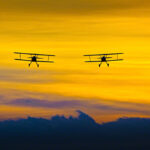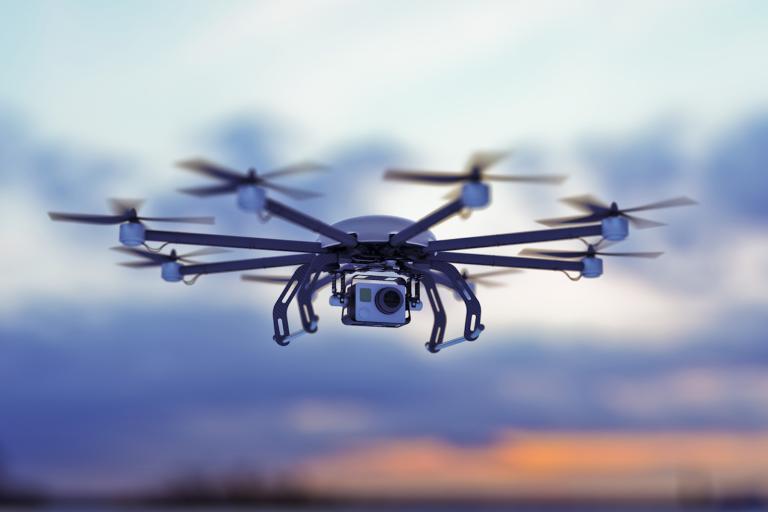
The advent of drones has transformed the way we capture and tell stories, with aerial cinematography becoming an essential element of modern filmmaking.
However, the magic truly comes to life in the editing room, where footage is shaped into a compelling narrative.
In this article, we explore the art of cinematic drone editing, unraveling the techniques and strategies that elevate aerial footage into a visual masterpiece.
The Importance of Cinematic Editing
- Enhancing Storytelling: Cinematic drone editing is not just about stitching clips together; it’s about weaving a narrative that captivates the audience. Every cut, transition, and effect should contribute to the overall story, creating a seamless and immersive viewing experience.
- Setting the Mood: The editing process allows filmmakers to set the mood and tone of the video. Through careful selection of music, color grading, and pacing, editors can evoke specific emotions, enhancing the impact of the visuals on the audience.
- Highlighting Key Moments: Cinematic editing is about emphasizing the most impactful moments. Whether it’s a breathtaking landscape, a dynamic aerial maneuver, or a key point in the story, the editing process is where these moments are given the spotlight they deserve.
Essential Techniques for Cinematic Drone Editing
- Smooth Transitions: Use smooth transitions between shots to maintain a seamless flow. Techniques such as crossfades, dissolves, and match cuts can create a polished and professional look, preventing jarring disruptions in the narrative.
- Rhythm and Pacing: Pay attention to the rhythm and pacing of the video. The timing of cuts should align with the beats of the music or the natural flow of the narrative, ensuring a dynamic and engaging viewing experience.
- Color Grading for Atmosphere: Implement color grading techniques to enhance the atmosphere of the video. Warm tones can evoke a sense of coziness, while cooler tones may create a more dramatic or ethereal feel. Consistent color grading ties the visual elements together cohesively.
- Layering Sound Design: Sound design plays a crucial role in cinematic editing. Layer ambient sounds, music, and even subtle drone propeller sounds to create a rich audio landscape that complements the visuals and immerses the viewer in the experience.
- Storyboarding and Shot Selection: Before diving into the editing process, plan and storyboard the sequence. Thoughtful shot selection ensures that each frame contributes meaningfully to the narrative, avoiding unnecessary footage that may dilute the impact.
Advanced Techniques for Cinematic Drone Editing
- Motion Graphics and Titles: Incorporate motion graphics and stylish titles to add a professional touch. Animated elements can provide context, enhance storytelling, and contribute to the overall visual appeal.
- Speed Ramping and Slow Motion: Utilize speed ramping and slow-motion effects to add flair to action sequences. This technique enhances the visual impact of dynamic shots, creating a more cinematic and polished look.
- Creative Transitions: Experiment with creative transitions like wipes, spins, or zooms to add a unique touch to your edits. These transitions can serve as stylistic elements that enhance the overall aesthetic of the video.
Conclusion
Cinematic drone editing is an art that goes beyond mere technical skills—it’s about storytelling, emotion, and visual poetry.
By mastering the techniques outlined in this guide, editors can transform raw drone footage into cinematic masterpieces that captivate audiences and leave a lasting impression.
As technology continues to advance, the possibilities for creative expression in cinematic drone editing are boundless, offering filmmakers the tools to craft narratives that soar to new heights.








